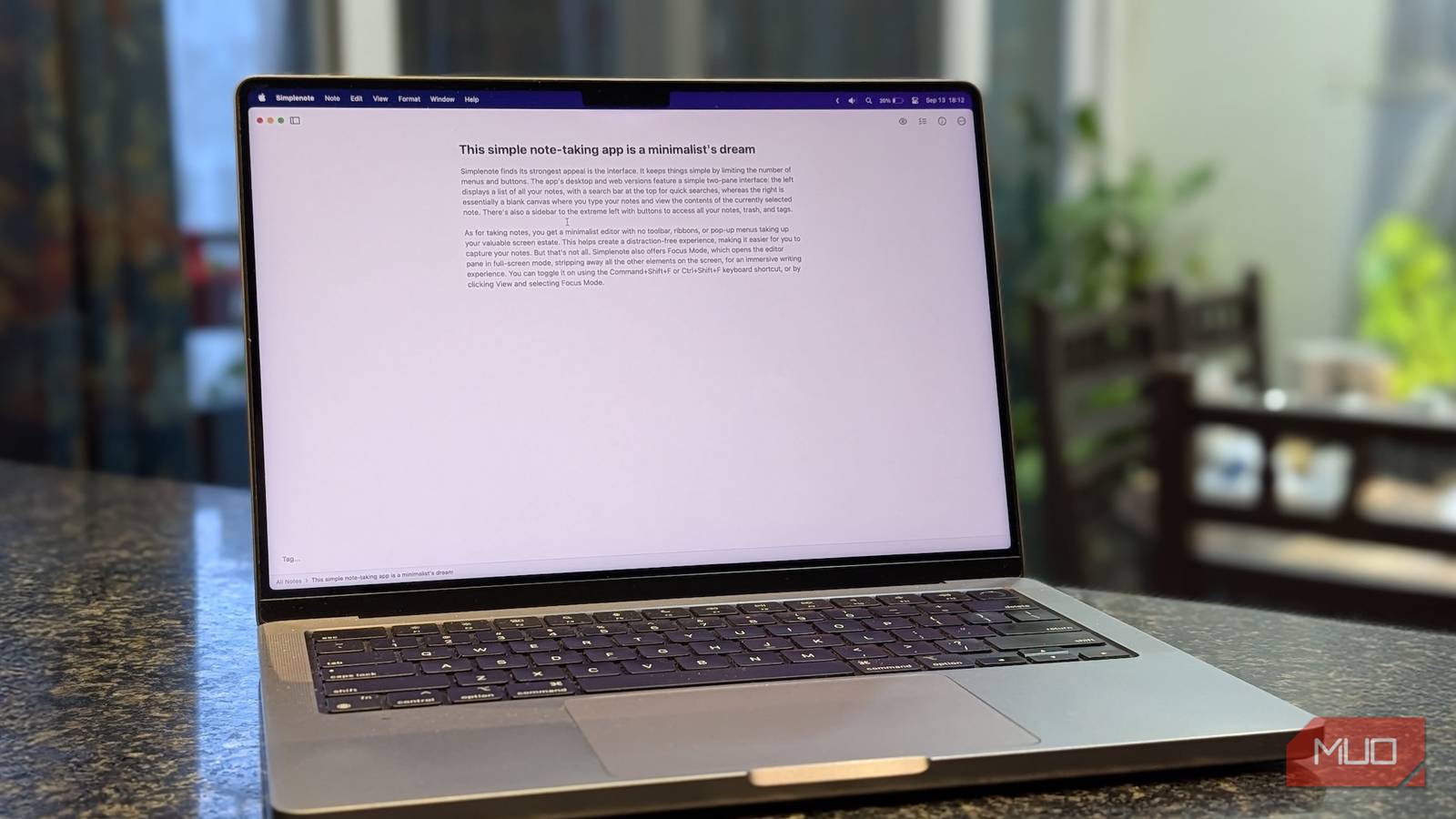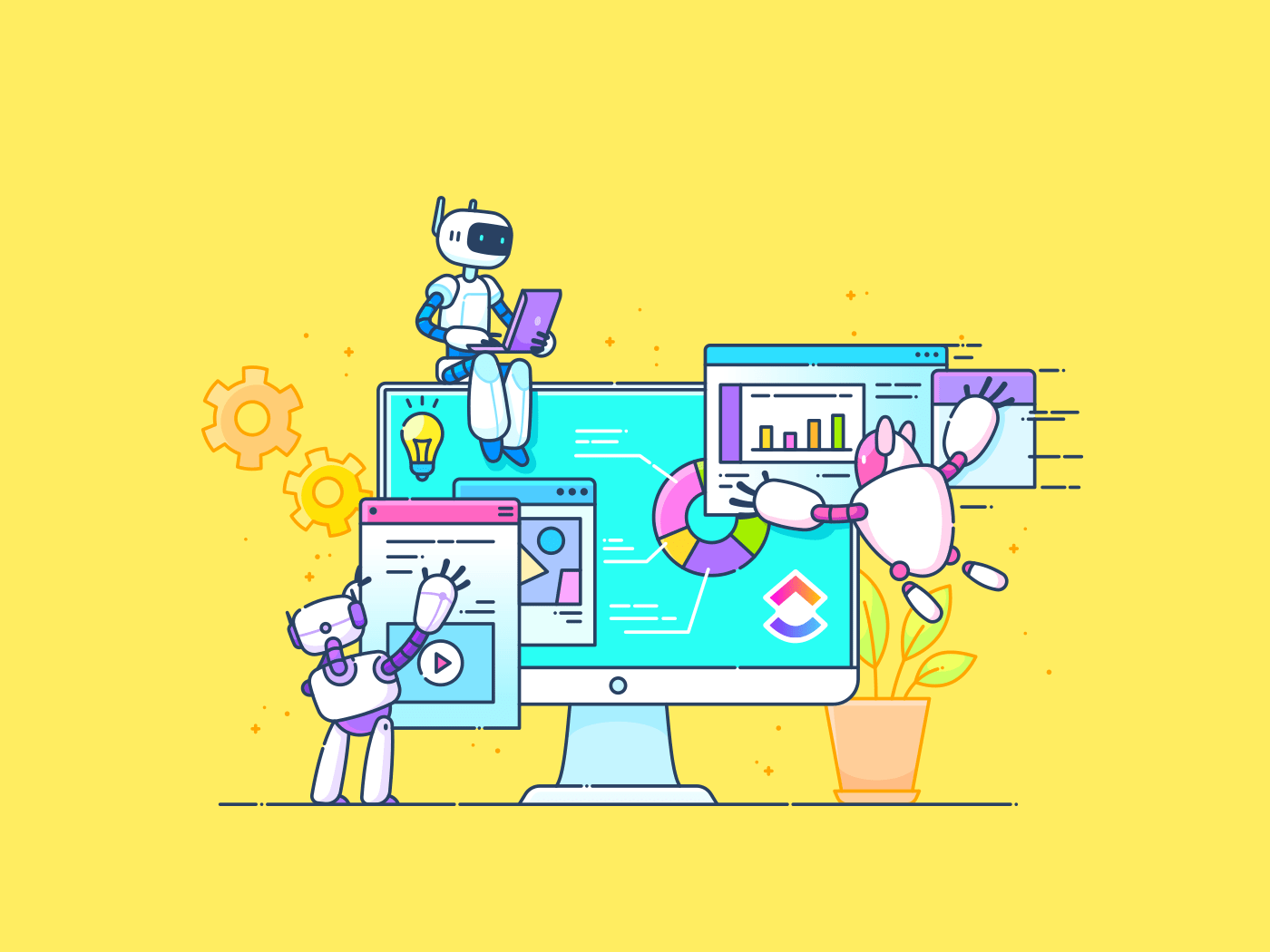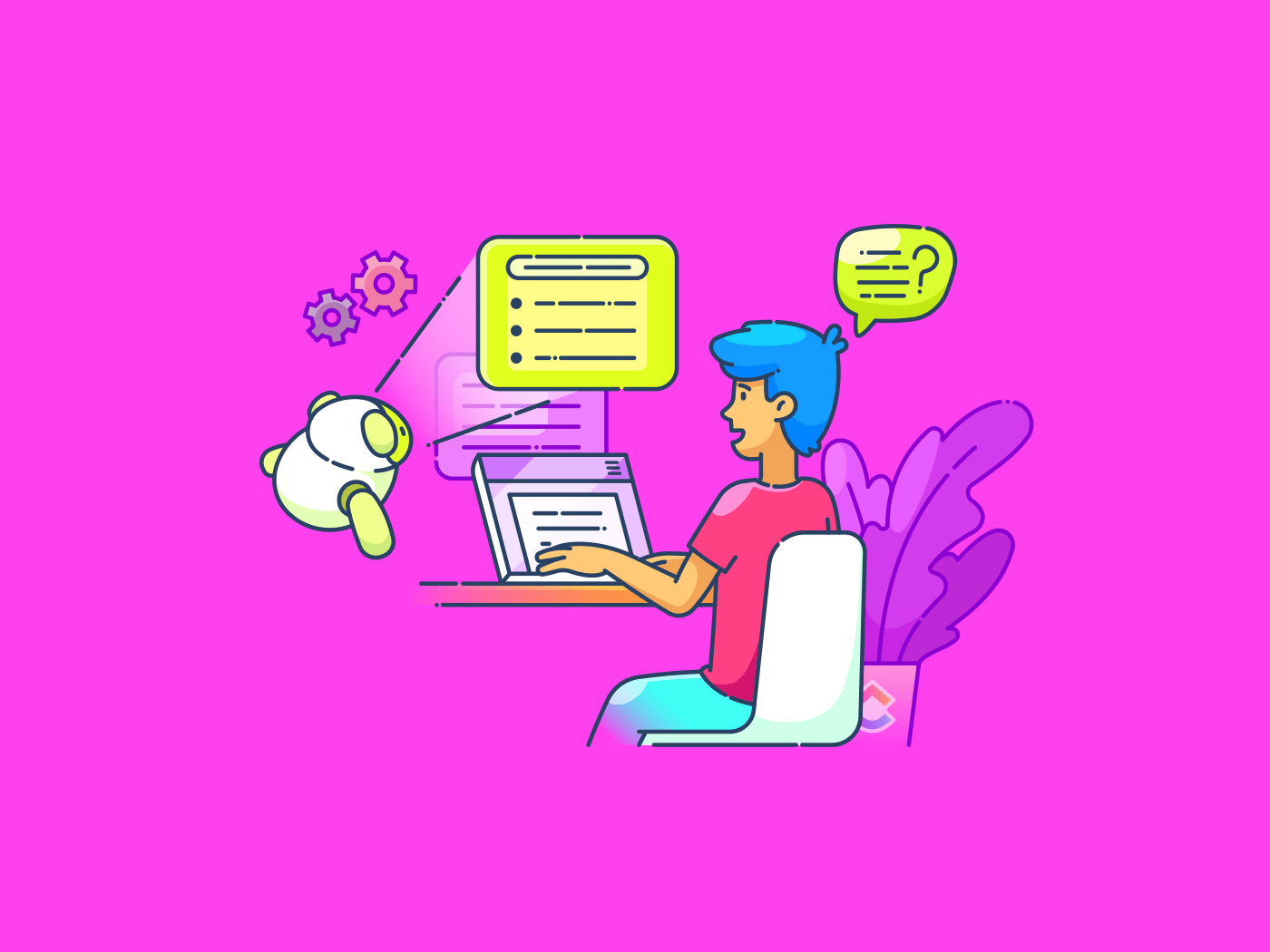Table of Links
Abstract and 1 Introduction
2 Related Work
3 A Virtual Learning Experience
3.1 The Team and 3.2 Course Overview
3.3 Pilot 1
3.4 Pilot 2
4 Feedback
4.1 Relentless Feedback
4.2 Detailed Student Feedback
5 Lessons Learned
6 Summary and Future Work, Acknowledgements, and References
A. Appendix: Three Stars and a Wish
5 Lessons Learned
Despite on-the-whole positive comments, we still found teaching in an online environment quite odd. We felt that we lost the sense of whether the students were engaged, learning and enjoying the experience because most participants had their cameras switched off so we could not see their faces or body language. The feedback did help, even simply asking students to ‘raise your hand if you can hear me’, but it still remains odd to us to talk to a blank screen without seeing everyone.
We did not get everything right. The technology did not always work but luckily one teaching team member is quite experienced in fixing software-related issues. We would have struggled without it. Initially we also did not give enough thought to accessibility; we just assumed the software would deal with that – it did not. We learned that we have to ask all students before the course if they might have issues in accessing course materials or video calls and make time to deal with any technical issues that could arise as a result.
We learned that students can be shy when it comes to talking to each other and putting on their webcams. We found ice breaker questions upfront, can be answered playfully on a whiteboard, very helpful for putting students at ease and have some fun. We used some simple things that made a lot of difference. We played music in the room before the class so when students joined, they knew we were there and that their speakers were on. We made extensive use of the virtual whiteboard to gather anonymous feedback really fast in addition to frequent short surveys (see Figure 4). We also included questions in the notebooks that buddies had to work on together to encourage discussion. The notebooks contained essential TDM coding tasks and more complex tasks for the curious. This allowed some students to extend their learning without others feeling they were left behind.
We also found that the amount of content that we could cover grew as the course went on. There were initial issues with the technology which needed fixing and as we were all getting used to the new way of teaching. The conversation also became more natural as time went on. At first it was quite odd to drop into the break-out rooms but by the second session this became easier and we were all chatting a lot more. The majority of students really liked the pair programming, they liked the flexibility and the content. They really felt they were part of the course in a way that is not always experienced online.
As instructors, we found that teaching in this way, switching between modes, lecturing, answering the chat, live coding and responding to issues is really cognitively challenging. It is hard work and cannot easily be done by one individual. The technologies we use are complex and can fail but they are for the most part intuitive and provide a wide range of ways to teach and interact. We learned that online teaching is exhausting but done right it can still be really rewarding. We all enjoyed the interactions and felt part of a little community. After the course we did a debriefing and each wrote down three things we liked about the course and something we wished we could have achieved (see page Appendix on 11).
We, the TDM course teachers on this paper, have, in the same way as the author who participated in the course, benefited immensely from what we learned through these pilots before delving into our online teaching in the first term of 2020/21.
6 Summary and Future Work
In this paper, we have reflected of how we ported a TDM course online as a result of the global pandemic caused by COVID-19. We described the content of the course and how we adapted it over two pilot runs. We particularly found different features of Blackboard Collaborate useful for teaching, especially the use of a virtual whiteboard and dividing the class up into break-out rooms. Students responded positively to learning in pairs and to course materials broken down into digital badges. Finally, the relentless feedback we collected throughout each session and after the course helped us as teachers to improve the course and how we teach it. To make a course like this a good learning experience, it is really important to build community and get students to talk not just to the teachers but to each other as they would in a classroom.
Being caught in lockdown encouraged us to innovate, and our experience demonstrates what is possible to achieve virtually despite the limitations. Experiencing the learning in a classroom is difficult to replicate online, however, we are confident that these types of virtual environments will play a role in education beyond this pandemic, to complement and enhance traditional learning.
Going forward we would like to experiment with teaching this course in different ways: asynchronously to students joining from different time zones, to much larger groups to understand where the limits are in terms of number of participants given staff capacity, or in a writer-retreat type setup where the instructors touch base with students several times during the day. We will also look at how this course can be pivoted back to on-campus teaching for students who can join in person and once the current pandemic slows down, lockdown restrictions are relaxed and on-campus teaching resumes. We are pleased to announce that this course will be part of the post-graduate programme taught at EFI.
Acknowledgements
We thank Professor Laura Cram for supporting us in the long-term development of this course as part of EFI’s PGT training programme. Our course was built on and expands material developed for a Library Carpentries course[11] with the support of the Centre for Data, Culture and Society.[12] We would also like to thank Siobhan Dunn and her colleagues at EFI for managing the registration for our courses and Marco Rossi at the University of Edinburgh Business School’s Student Development Team for offering the course to their students.
References
Apoorv Agarwal. 2013. Teaching the basics of NLP and ML in an introductory course to information science. In Proceedings of the Fourth Workshop on Teaching NLP and CL, pages 77–84, Sofia, Bulgaria. Association for Computational Linguistics.
Beatrice Alex, Claire Grover, Richard Tobin, and Jon Oberlander. 2019a. Geoparsing historical and contemporary literary text set in the City of Edinburgh. Language Resources and Evaluation, 53(4):651– 675.
Beatrice Alex, Claire Grover, Richard Tobin, Cathie Sudlow, Grant Mair, and William Whiteley. 2019b. Text mining brain imaging reports. Journal of Biomedical Semantics, 10(1):1–11.
Sian Bayne. 2015. Teacherbot: interventions in automated teaching. Teaching in Higher Education, 20(4):455–467.
Steven Bird, Ewan Klein, and Edward Loper. 2005. NLTK tutorial: Introduction to natural language processing. Creative Commons Attribution.
Steven Bird, Ewan Klein, and Edward Loper. 2009. Natural language processing with Python: Analyzing text with the natural language toolkit. ” O’Reilly Media, Inc.”.
Jim Clifford, Beatrice Alex, Colin M Coates, Ewan Klein, and Andrew Watson. 2016. Geoparsing history: Locating commodities in ten million pages of nineteenth-century sources. Historical Methods: A Journal of Quantitative and Interdisciplinary History, 49(3):115–131.
Darina Dicheva, Christo Dichev, Gennady Agre, and Galia Angelova. 2015. Gamification in education: A systematic mapping study. Journal of Educational Technology & Society, 18(3):75–88.
Tim Fawns, Gill Aitken, and Derek Jones. 2019. Online learning as embodied, socially meaningful experience. Postdigital Science and Education, 1(2):293–297.
David Gibson, Nathaniel Ostashewski, Kim Flintoff, Sheryl Grant, and Erin Knight. 2015. Digital badges in education. Education and Information Technologies, 20(2):403–410.
Philip John Gorinski, Honghan Wu, Claire Grover, Richard Tobin, Conn Talbot, Heather Whalley, Cathie Sudlow, William Whiteley, and Beatrice Alex. 2019. Named entity recognition for electronic health records: A comparison of rule-based and machine learning approaches. ArXiv.
Brian Hanks, Sue Fitzgerald, Renée McCauley, Laurie Murphy, and Carol Zander. 2011. Pair programming in education: A literature review. Computer Science Education, 21(2):135–173.
Marti A Hearst. 2005. Teaching applied natural language processing: Triumphs and tribulations. In Proceedings of the Second ACL Workshop on Effective Tools and Methodologies for Teaching NLP and CL, pages 1–8.
Dirk Hovy. 2020. Text Analysis in Python for Social Scientists: Discovery and Exploration. Cambridge University Press.
David Jurgens and Lucy Li. 2018. A Look Inside the Pedagogy of Natural Language Processing. 25/09/2018. Accessed on 23/04/2021.
Ray Land, Glynis Cousin, Jan HF Meyer, and Peter Davies. 2005. Threshold concepts and troublesome knowledge (3): implications for course design and evaluation. Improving student learning diversity and inclusivity, 4:53–64.
Clare Llewellyn, Claire Grover, Beatrice Alex, Jon Oberlander, and Richard Tobin. 2015. Extracting a topic specific dataset from a Twitter archive. In International Conference on Theory and Practice of Digital Libraries, pages 364–367. Springer.
Barbara McGillivray, Beatrice Alex, Sarah Ames, Guyda Armstrong, David Beavan, Arianna Ciula, Giovanni Colavizza, James Cummings, David De Roure, Adam Farquhar, et al. 2020. The challenges and prospects of the intersection of humanities and data science: A white paper from The Alan Turing Institute.
Lin Y Muilenburg and Zane L Berge. 2016. Digital badges in education: Trends, issues, and cases. Routledge.
National Library of Scotland. 2019. A Medical History of British India. Accessed on 23/04/2021.
Nathaniel Ostashewski and Doug Reid. 2015. A history and frameworks of digital badges in education. In Gamification in education and business, pages 187–200. Springer.
Jen Ross, Michael Sean Gallagher, and Hamish Macleod. 2013. Making distance visible: Assembling nearness in an online distance learning programme. International Review of Research in Open and Distributed Learning, 14(4):51–67.
Laurie Williams. 2006. Debunking the nerd stereotype with pair programming. Computer, 39(5):83–85.
Laurie Williams, Robert R Kessler, Ward Cunningham, and Ron Jeffries. 2000. Strengthening the case for pair programming. IEEE software, 17(4):19–25.
A Appendix: Three Stars and a Wish
Authors:
(1) Amador Durán, SCORE Lab, I3US Institute, Universidad de Sevilla, Sevilla, Spain ([email protected]);
(2) Pablo Fernández, SCORE Lab, I3US Institute, Universidad de Sevilla, Sevilla, Spain ([email protected]);
(3) Beatriz Bernárdez, I3US Institute, Universidad de Sevilla, Sevilla, Spain ([email protected]);
(4) Nathaniel Weinman, Computer Science Division, University of California, Berkeley, Berkeley, CA, USA ([email protected]);
(5) Aslı Akalın, Computer Science Division, University of California, Berkeley, Berkeley, CA, USA ([email protected]);
(6) Armando Fox, Computer Science Division, University of California, Berkeley, Berkeley, CA, USA ([email protected]).












